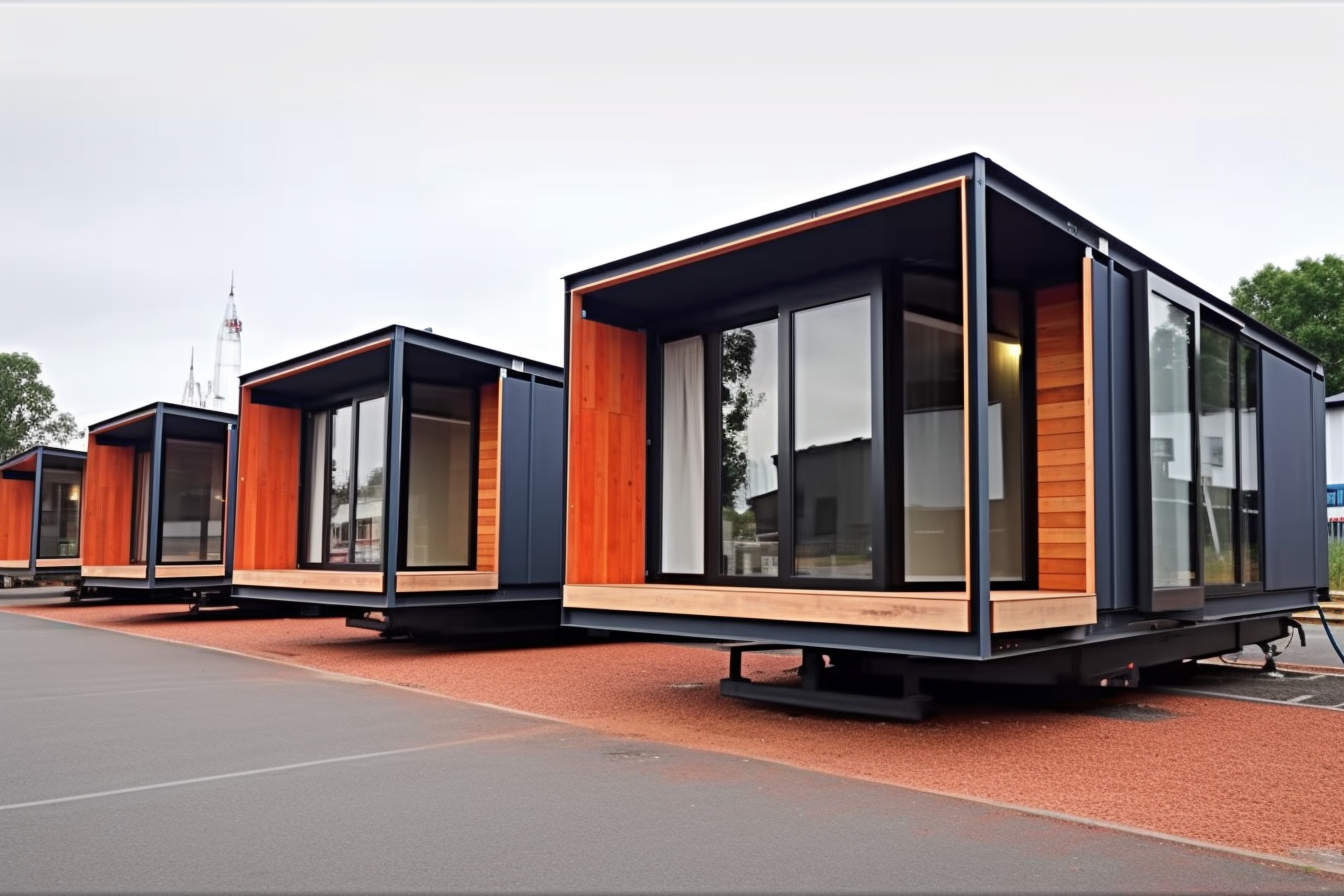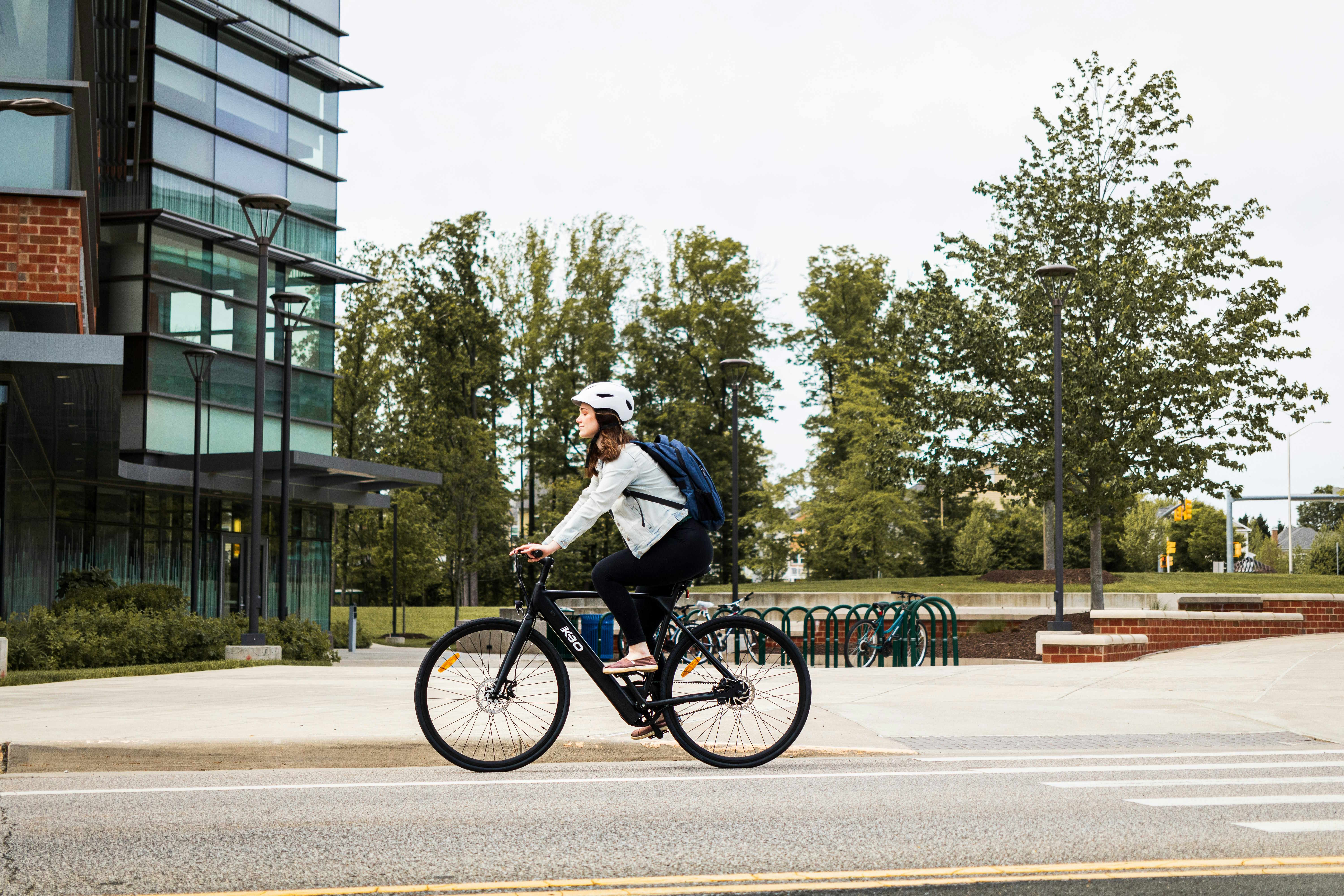The Resurgence of Walking Tours: An Intimate Approach to Exploring the World
In the era of high-speed trains, countless flights, and the glamour of cruising, an age-old method of transport is reclaiming its rightful place in the world of travel—walking. As we adapt to the post-pandemic world, walking tours are emerging as a popular, accessible, and sustainable way to discover new places. Let's dive into the history, current trends, and the unique advantages of this intimate form of exploration.

A Brief History of Walking Tours
Walking tours have their roots in the 18th century, during the Romantic era. Artists and scholars from the era, seeking inspiration and personal growth, would embark on long-distance walks. These journeys were seen as transformative experiences, a way to intimately engage with nature and culture. Fast forward to today, walking tours have evolved into an organized travel style, catering to various interests—be it history, food, architecture or nature.
The Resurgence of Walking Tours in the Current Travel Landscape
Today, walking tours are experiencing a global resurgence. This trend is driven by several factors. First, the pandemic has made outdoor activities more appealing. Second, there’s a growing awareness of the environmental implications of travel, leading to an increased interest in sustainable practices. Lastly, travelers are seeking deeper, more meaningful connections with the places they visit, something that walking tours offer in abundance.
Advantages and Challenges of Walking Tours
Walking tours offer numerous advantages. They allow for a slower, more immersive exploration of a place. They’re typically led by local guides, providing authentic insights into the local culture and history. Plus, they’re environmentally friendly.
However, there are challenges to consider. The physical demands can be high, especially for long-distance walks. Weather can also be a factor. Plus, walking tours can be time-consuming, making them less suitable for travelers on tight schedules.
Impact on Travelers and Local Communities
Walking tours not only enhance travelers’ experiences but also benefit local communities. They often involve local businesses and services, supporting local economies. Plus, they promote a more respectful form of tourism, as visitors are more likely to engage meaningfully with the local culture and environment.
Practical Advice for Walking Tour Enthusiasts
-
Choose your tour wisely: Consider your interests, fitness level, and the time you have available.
-
Pack appropriately: Comfortable shoes and clothing are a must. Also, consider weather conditions.
-
Respect local customs: Engage respectfully with the local culture and environment.
In conclusion, walking tours offer an intimate, immersive, and sustainable way to explore the world. They reflect a shift in travel culture, where quality of experience is valued over convenience and speed. As we navigate the post-pandemic world, walking tours are leading the way towards a more mindful and meaningful approach to travel.




